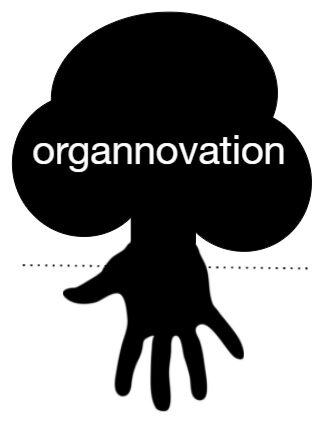There is a paradox in the nature of structures. They can create solid platforms for growth if their plan is to encourage and support that growth. In many cases though, they are rigid and soulless, stagnating and thereby preventing organic growth. Often, they create an illusion of control assuming that people will act within the predefined lines. So, things are not always going the way we plan when we are acting within and following certain structures.
The problems increase even further when structures and more so processes within them are combined with IT and AI solutions that are often underdeveloped and have no chance of empathy simulation. The long-term outcomes of such a combination can be fatal. Especially, when we start developing technologies and AI simulations with the hope of helping humanity. In return, we end up becoming slaves of the (under) developed simulations taking over our work methodology, thinking and the way we are treating each other both at work and home.
The issue of unfinished products within the IT and AI solutions are seldom obvious creating serious butterfly effects. We get blinded by the simplicity of problem solving behind that seems too good to be true. It is the case in many, especially upcoming (APPS) solutions because things go too fast due to the need and greed for short-term profits.
The term “baby” problems is quite common in product development. As especially at the early stage, things are not always going the way we plan. However, there is a great impact on human emotional and mental health when launching underdeveloped solutions applied by humans. These so-called “baby” problems create adult-like consequences on our health in an invisible and sneaky way blinded by ego and greed for short-term profits. In other words, we have many butterflies out there in the IT and AI developments, and small mistakes (will) create huge consequences for mental health.
It is important to realize that evaluating and managing people, the organic beings, through rigid structures is like asking a tree to grow within a predefined pattern. You can do it to some extent through genetic modification. The question is how healthy it will be for the tree, the planet and humanity in general.
The challenge especially comes when the established systems are not functioning well anymore and even more so become destructive for human wellbeing. Quite often, we down prioritize the importance of individual wellbeing for a sake of a better system performance, short-term profits and political promotion of people at the top. It also takes a great amount of patience and time before we start dealing with lack of empathy.
So, what is a solution… We need to go back to basics and give power to people, as revolutionary as it might seem… It has to start from the bottom and leadership need to be a supporting rather controlling function.
Photo by Shot by Cerqueira on Unsplash




